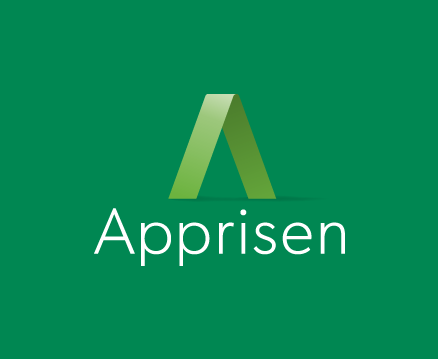by Libby Ludwig
With so many of the rules changing about debts and debt forgiveness during COVID-19, it could be helpful to talk through 3 quick highlights about student loan forgiveness:
No Immediate Forgiveness Plans
- The bad news is that there are no instant-forgiveness plans for student loans. All federal loans are currently eligible for temporary forbearance at 0% interest, but that is not the same as wiping away the balance on the loans. Even bankruptcy may not be able to discharge them in that sense. But if you have questions, you would need to talk with a legal advisor about whether your particular situation is eligible.
Forgiveness With Income-Driven Plans
- Income-driven plans will forgive the remaining balance on student loans after a certain number of payments (generally 20-25 years). These plans set your monthly payment as a percentage of your income. You must renew the plan annually by providing proof of your income. Ideally, if you know you’re going to be struggling long-term with making full payments, there’s rarely a reason to delay moving from deferment or forbearance into an income-driven plan. That way, you start the clock on that 20-25 years.
Quicker Forgiveness for Public Service
- For those seeking the teacher’s or public service forgiveness, your income-driven plans are forgiven after only 10 years instead of 20-25. There’s an extra step of confirming the eligibility of your employer and the loans themselves. Tips for those who should be eligible:
- You must make 120 payments on your income-driven plan while working full-time at a qualifying employer.
- If your plan sets your payment at $0, that counts toward your 120 payments.
- Being on deferment or forbearance (other than COVID-19 forbearance until September 1, 2020) does NOT count toward your 120 payments.
- You must apply for the forgiveness once you make those 120 payments. HOWEVER, don’t wait to apply. Send in the application as soon as possible to ensure that both your employer and loans qualify. That way if the loans are too old or are not eligible, you may be able to consolidate them into eligible loans.
What can you do for a deeper dive into understanding student loan forgiveness? Check out what your loans would look like on an income-driven plan with studentaid.gov’s loan simulator. For information about qualifying for the teacher’s or public service forgiveness, check out this link.
Still unsure what your options are and what might be the best route? Let Apprisen help. We can go over your student loan repayment options. Just give us a call or get started online today here. We look forward to hearing from you!
Share this article

